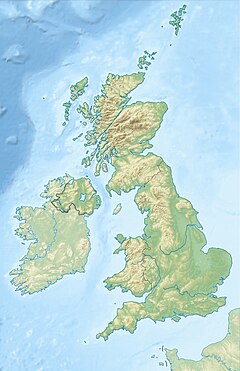Silbury
 |
|
| UNESCO World Heritage Site | |
|---|---|
| Official name | Stonehenge, Avebury and Associated Sites |
| Location | United Kingdom |
| Coordinates | 51°24′56″N 1°51′27″W / 51.415555555556°N 1.8575°W |
| Criteria | Cultural: i, ii, iii |
| Reference | 373 |
| Inscription | 1986 (10th Session) |
|
[]
|
|
Silbury Hill is a prehistoric artificial chalk mound near Avebury in the English county of Wiltshire. It is part of the Stonehenge, Avebury and Associated Sites UNESCO World Heritage Site, and lies at grid reference SU099685. At 39.3 metres (129 ft) high, it is the tallest prehistoric man-made mound in Europe and one of the largest in the world; similar in size to some of the smaller Egyptian pyramids of the Giza Necropolis.
Silbury Hill is part of the complex of Neolithic monuments around Avebury, which includes the Avebury Ring and West Kennet Long Barrow. Its original purpose is still debated. Several other important Neolithic monuments in Wiltshire in the care of English Heritage, including the large henges at Marden and Stonehenge, may be culturally or functionally related to Avebury and Silbury.
Composed mainly of chalk and clay excavated from the surrounding area, the mound stands 40 metres (131 ft) high and covers about 5 acres (2 ha). The hill was constructed in several stages between c.2400–2300 BC and displays immense technical skill and prolonged control over labour and resources. Archaeologists calculate that it took 18 million man-hours, equivalent to 500 men working for 15 years (Atkinson 1974:128) to deposit and shape 248,000 cubic metres (324,000 cu yd) of earth and fill. Euan W. Mackie asserts that no simple late Neolithic tribal structure as usually imagined could have sustained this and similar projects, and envisages an authoritarian theocratic power elite with broad-ranging control across southern Britain.
...
Wikipedia

